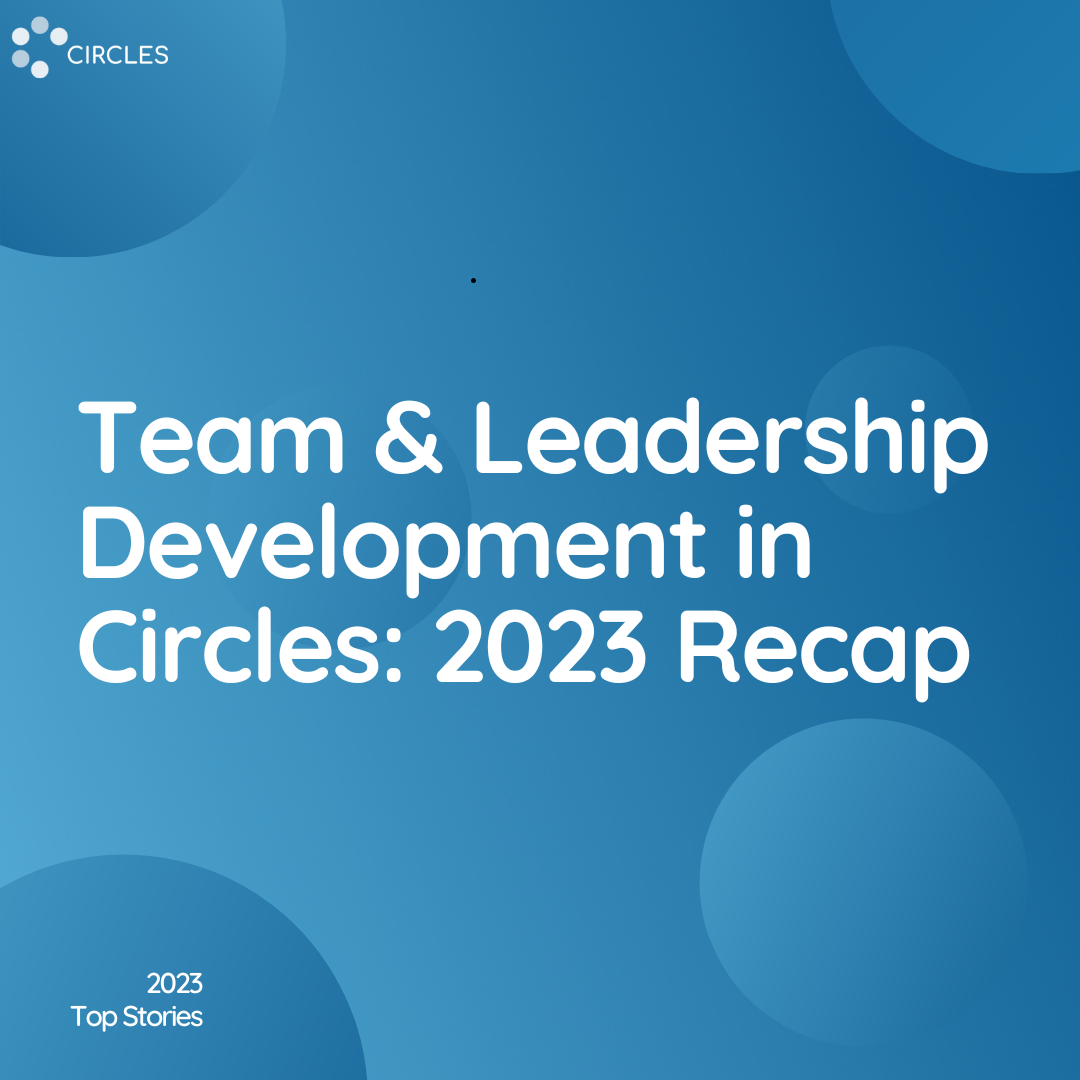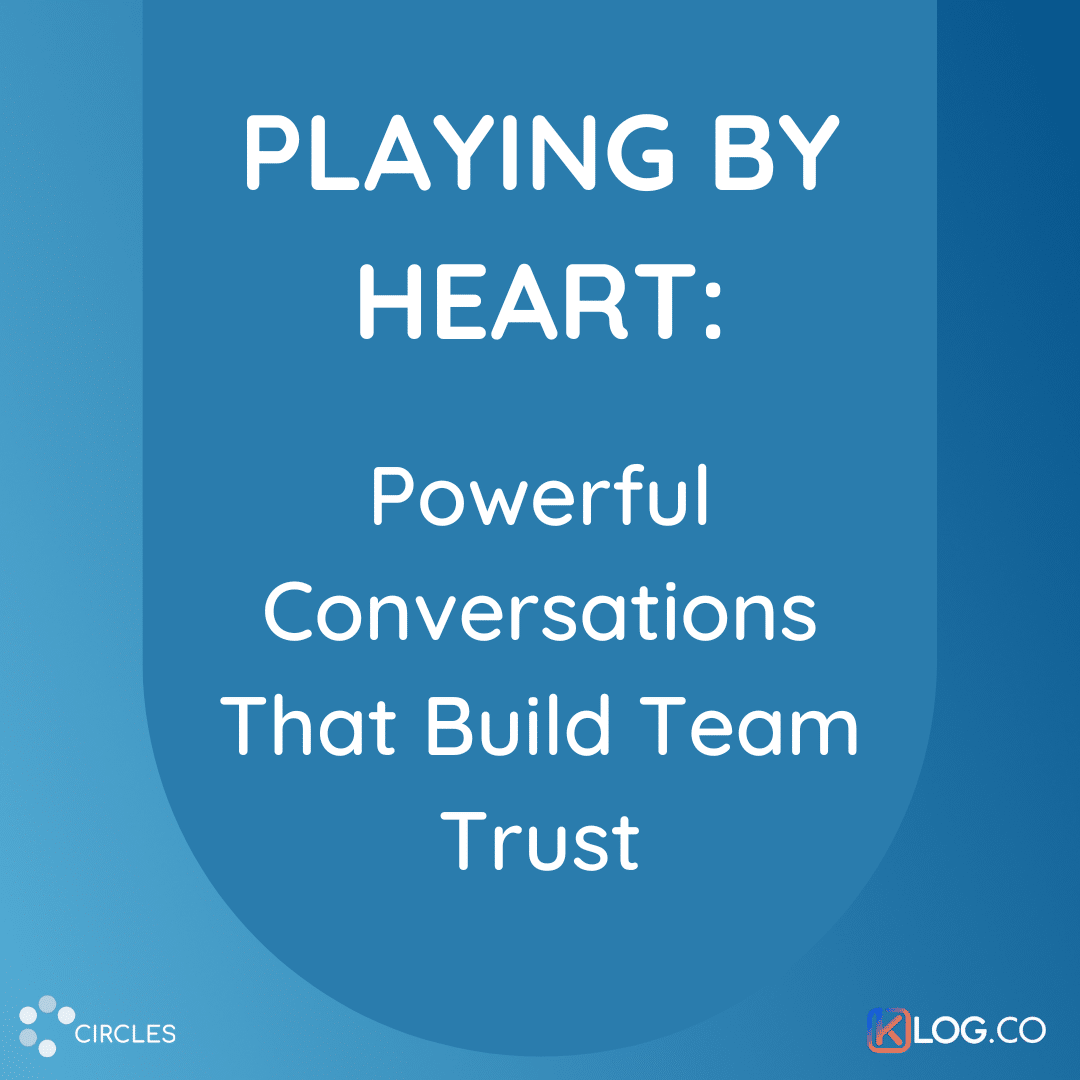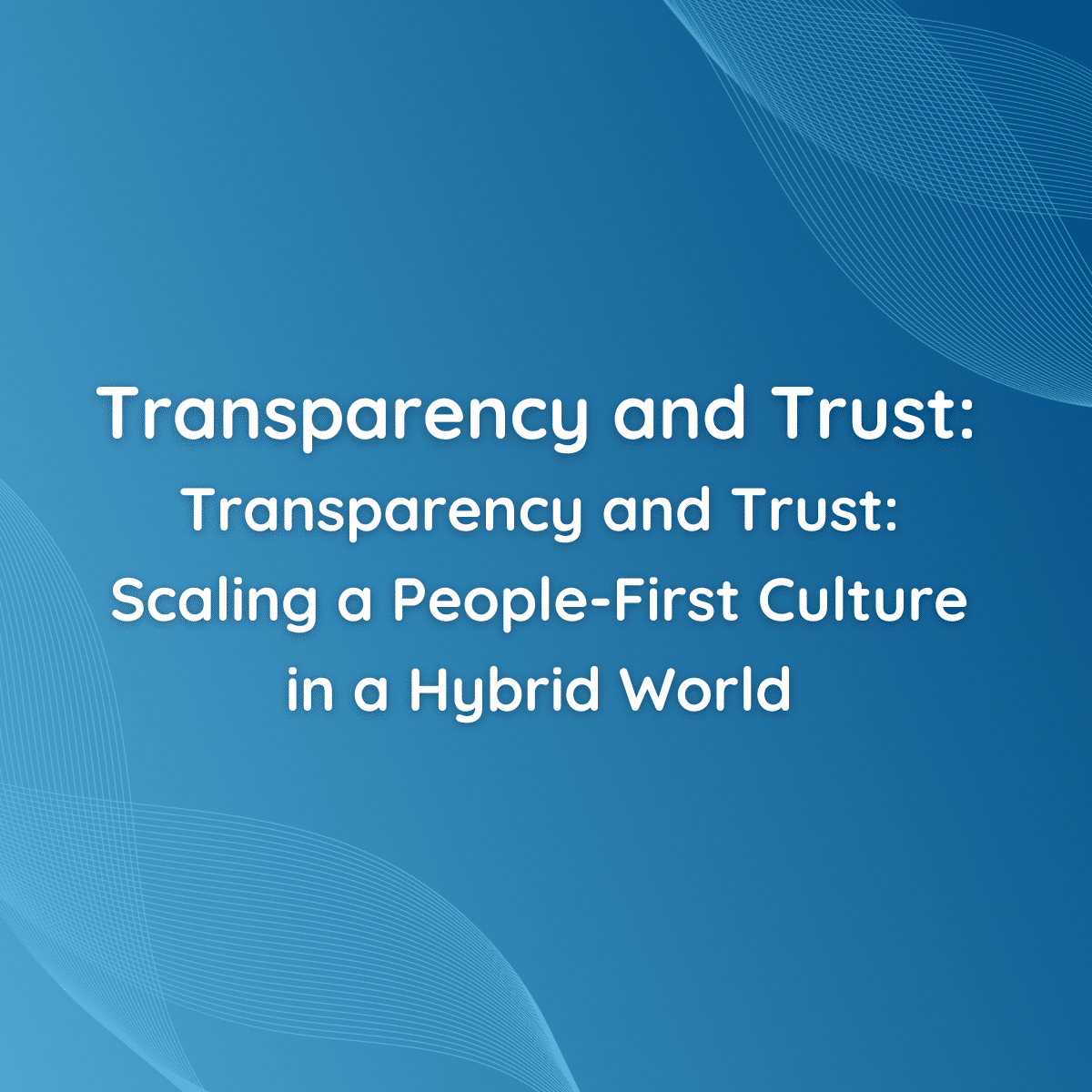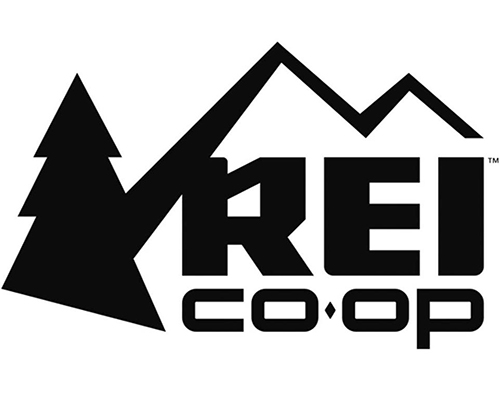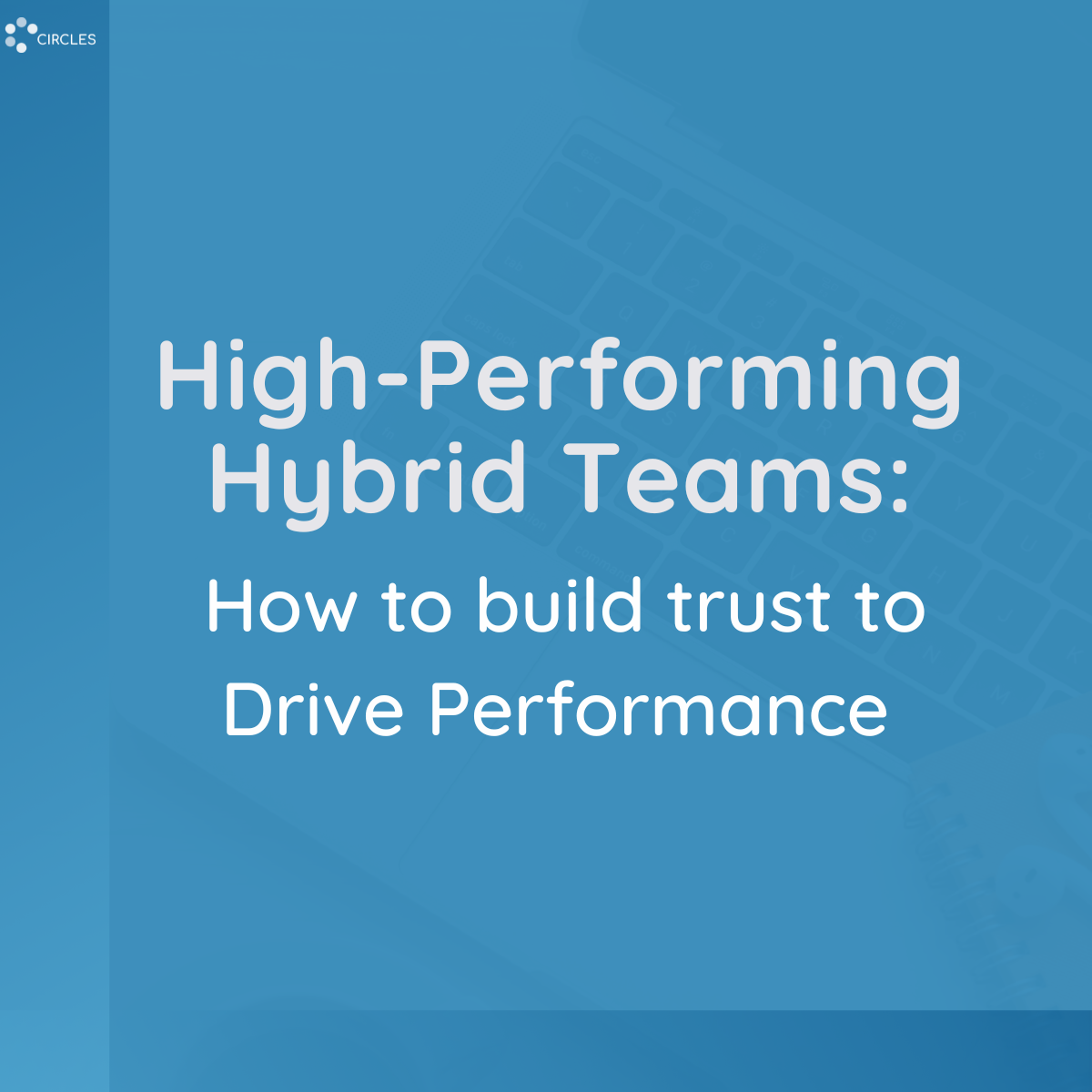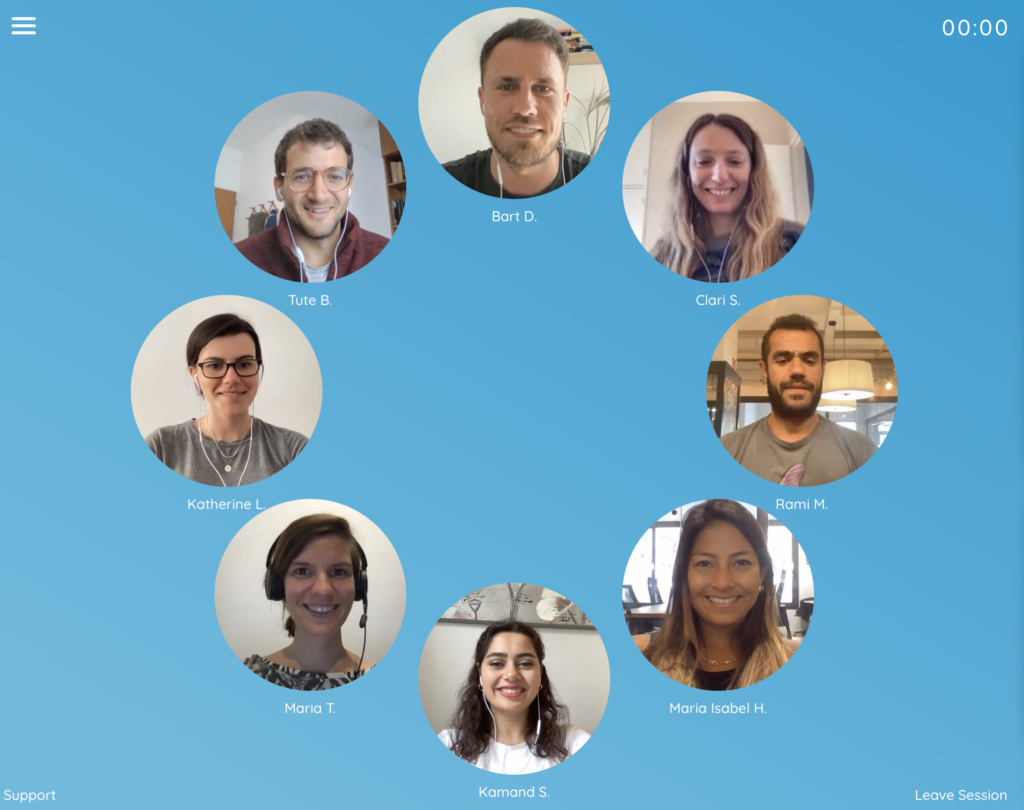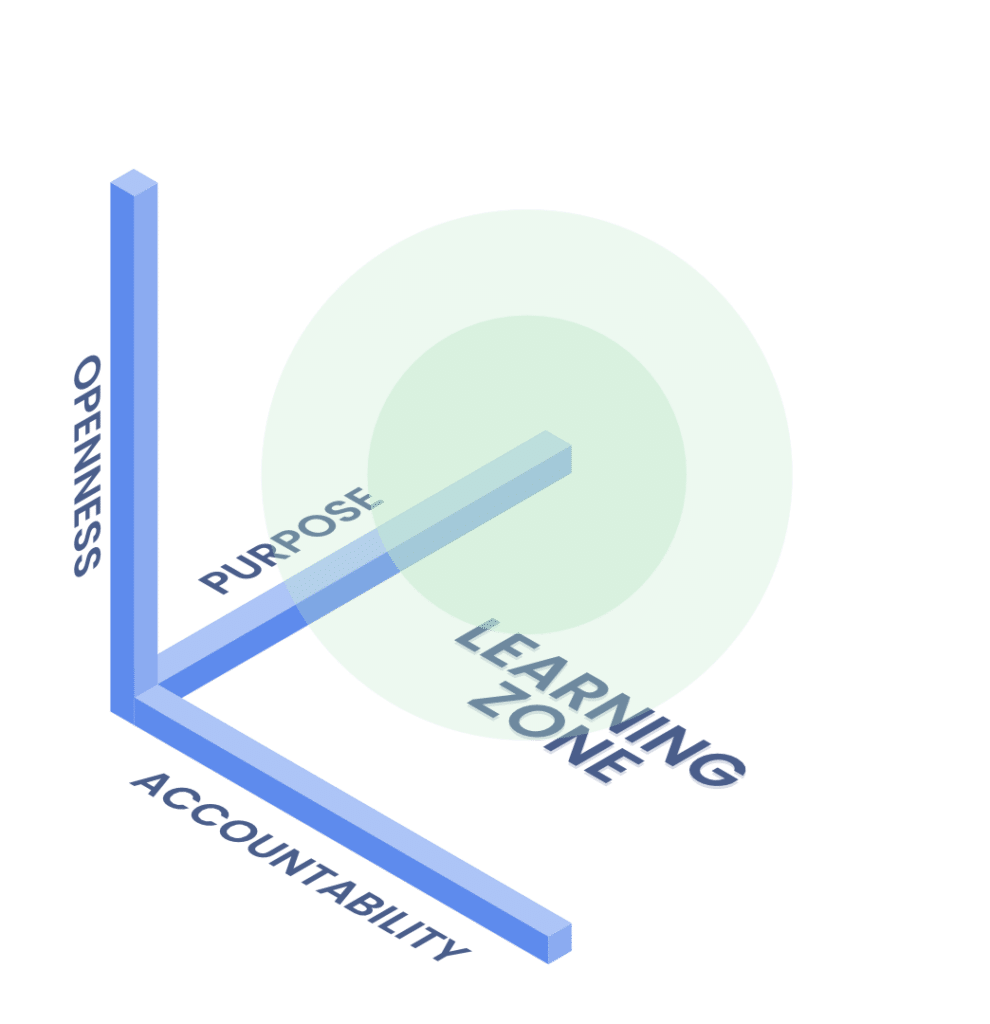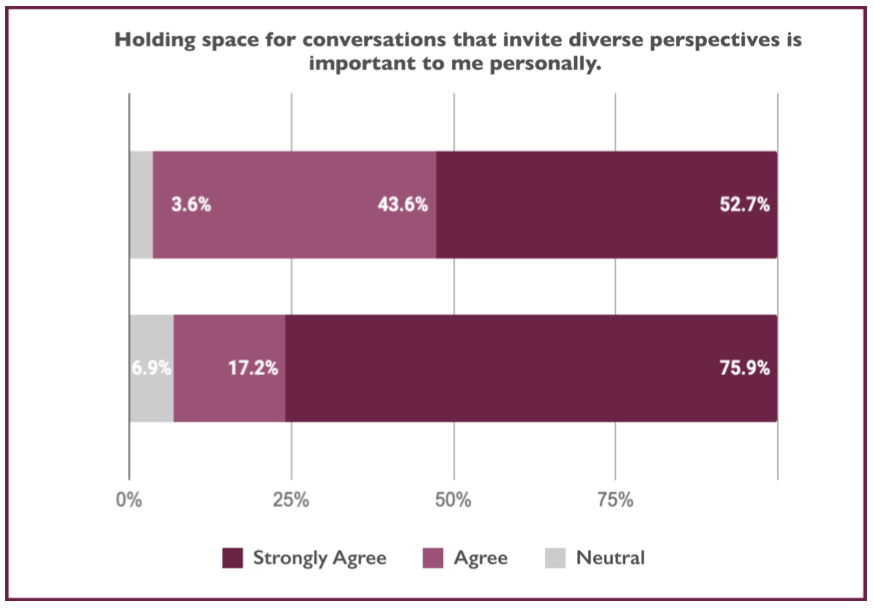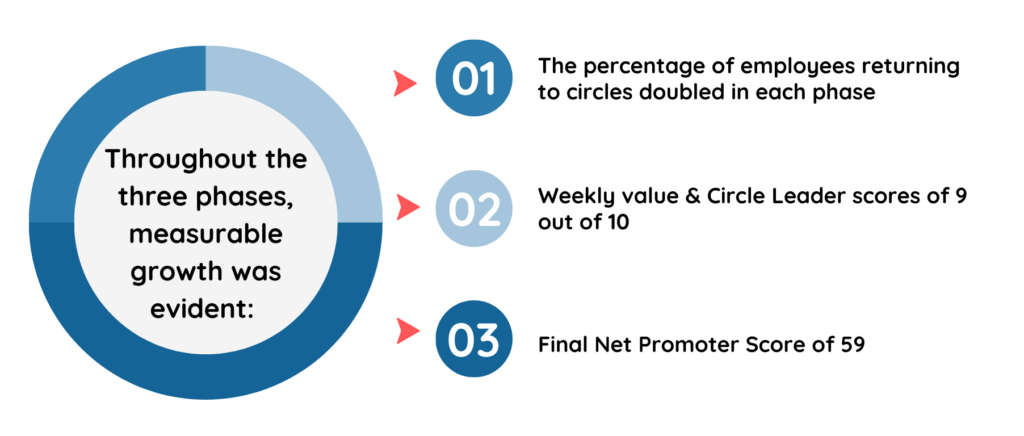“There’s really nothing like Lauder love,” says Laura Goldenberg, Executive Director of the Lauder Institute Alumni Association (LIAA). She’s describing the unique bond experienced by Lauder Institute graduates who earn an MBA from the Wharton School, or a JD from Penn Carey Law School and an MA in International Studies from the University of Pennsylvania. Laura suspects “Lauder Love” drove 200 Lauder alumni to respond when invited to join Meridians, spearheaded by the Lauder Women’s Group, that provides alumni with an opportunity for ongoing personal and professional connection and growth.
Candidates who have a passion for international business, culture and language can apply to The Wharton School or Penn Carey Law School and the Lauder Institute, a unique joint degree program that prepares them to become global leaders. Students apply to one of six programs of concentration, and travel abroad numerous times during their 2-year program. The experience offers interdisciplinary knowledge, intercultural fluency and language ability.
The international component forms a unique bond, according to Mary Flanagan, founder of the Lauder Women’s Group and an advisor to the Meridians initiative. “You find kindred spirits in the Lauder community. I think that’s why we have such a strong alumni network and look for ways to stay connected.”
The Lauder Women’s Group was formed in 2022, and presents quarterly webinars and other community-building points of connection. Lauder Meridians developed from a Lauder Women’s Group discussion to create small group engagement opportunities. Together with the Circles team, Mary, Laura, Melissa Blohm, and other volunteers designed and launched a pilot program, sorting participants from around the globe into groups based on time zones, while ensuring diversity of cultural background, industry, and experience. Meridians have connected monthly since May 2023 in guided 90-minute groups, discussing everything from relationships to career paths.
Objectives for the program include:
- Fostering genuine connections with other Lauder women leaders.
- Sharing stories and overcoming challenges for personal and professional growth.
- Gaining a community and tools to bolster ongoing leadership journeys.
- Dedicating time for each participant to clarify a leadership “why.”
- Not a webinar or subject matter lecture, Meridians offer intentional space in small groups designed to uncover and explore themes common to Lauder women.
Connection Beyond Networking

Emily Tung works in tech and graduated in the Wharton/Lauder Institute Class of 2017; because she lives in Austin, TX, she participates in the Central Time Zone Meridian. Networking did not draw Emily to the program. “There are lots of other opportunities to network with women in small groups, and this is not about that. It’s about women from different generations and industries sharing their stories, discovering work-life balance, and finding happiness.
The first four sessions of the program built trust through vulnerability, followed by several challenge exploration sessions highlighting a particular challenge one member currently faces. Emily appreciated participating in the challenges shared by women further along in their careers. “It’s so valuable for me to hear first-hand experiences like that, describing how complexity increases over your career and how to prepare.”
Her family immigrated to Brazil from Taiwan, and then to the U.S. when she was twelve years old, so Emily grew up hearing Chinese spoken at home; accordingly, she chose the Asia and Mandarin language track at Lauder and spent time studying in both Shanghai and Beijing. “There’s already a natural bond and affinity between Lauder alums. My Meridian has people who have lived all over the world and that openness and curiosity made us immediately like each other and open up.”
She says women in her Meridian discuss everything from fertility and dating in their 30s to returning to work after having children. “The most valuable part of the experience for me was not solving problems, but hearing different perspectives.”
Developing Facilitative Leaders

Circles trained a dozen Lauder women to facilitate Meridian sessions. Sydel Howell of San Diego, California facilitates the Pacific Meridian on the West Coast. She’s currently writing a memoir revealing painful realities from her past, and shared that with her group to model vulnerability.
“As a facilitator, I share things I have struggled with because while some participants are fresh out of grad school, others have had to leave careers for various reasons, and they feel like failures. I know what it’s like to have to redefine success over the course of your career–for me, at one point success meant walking away from a McKinsey career and prioritizing myself and my kids.”
In her work as a Transformation Coach, Sydel teaches classes on creativity and mindfulness. She says Meridians facilitator training helped her grow in her listening skills, and the Meridian sessions developed her ability to keep conversations going. “When people start offering advice in response to others, I redirect them to save that for later when they’re sharing their own story.” Facilitators are trained to watch conversations and steer them in the right direction, observing individual breakthroughs and choosing what question to ask next.
One session in particular stood out to Sydel. During the initial check-in round, participant Lu Jiang shared that she had recently been in a car accident and could barely walk, and that because she had just moved to Los Angeles, she knew no one and had to fly in her mom to
take care of her. She shared “I feel terrible physically and I’m bedridden, but didn’t want to miss this meeting and connecting with you all.”
Lu and most of the other Meridian participants live in the Los Angeles area. One weekend shortly after her accident, Sydel was heading up to visit her daughter in LA and sent a message to the group, asking if anyone wanted to meet in person. Walking with a cane still recovering from her accident, Lu came to meet Sydel and her daughter for breakfast, along with another LA participant. “We made a connection in Meridian because it was a safe space where Lu could share how she was really doing. This is my purpose; to create safe spaces where women can share in a vulnerable way and realize we’re not alone.”
Global Connection Points

With every major country represented in Meridians, Mary hopes Lauder can continue offering the program. As executives in international roles, Lauder women move frequently and the Meridians program, Mary observes, can provide a point of connection in any time zone.
That’s exactly what Meridians offered for Karine Alyanakian of PepsiCo, a 2014 Lauder alum who joined a NYC Meridian when she relocated back to New York after six years away. “I wanted to reconnect with classmates and rebuild community, and Meridians was the perfect way to do that.” Like Emily, she appreciated the wide range of life stages represented by the grads in her group.




